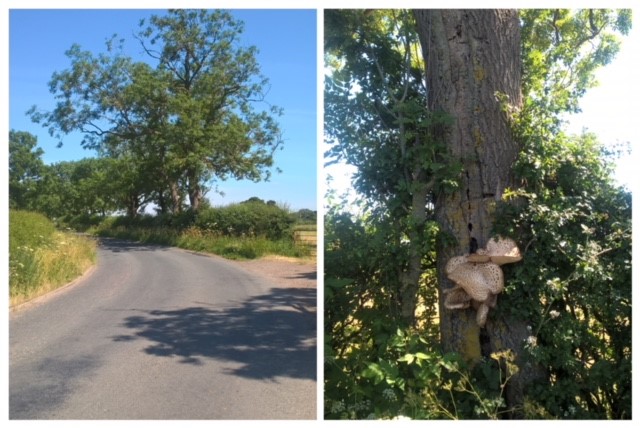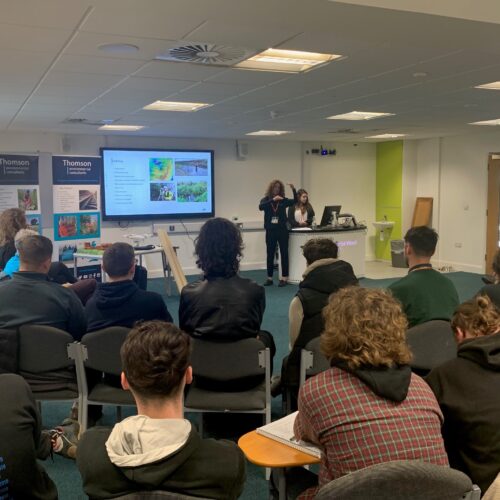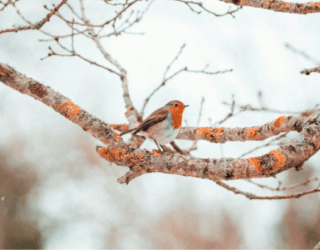My normal commute home leads me through the serene and verdant fields of North Yorkshire where hedgerows are littered with ash trees, yet both sycamore and oak are a rather scarce commodity. Ash trees, sometimes referred to as ‘Venus of the woods’, are a magnificent sight when growing in open spaces with their spreading boughs and a height that can rival the mighty oak.
Venus of the woods?
However, the trees that I pass on my journey could hardly be described as lovely or beautiful, as the alias “Venus of the woods” would suggest. Instead they are gnarly, twisted specimens with broken limbs, decayed columns, snapped tops and a rather bedraggled suit of wishy-washy leaves.
On a recent journey home, whilst rounding a sharp s-bend, my peripheral vision caught a fleeting glimpse of what appeared to be a cluster of light brown fungal brackets growing on a tree close to the roadside verge. Always a sucker for tree fungi, I pulled into a safe, off-road parking place and ventured carefully back to investigate further. What I found was a species of fungus called Polyporus squamosus, or Dryad’s saddle to give it its common English name, growing from an area of decayed and dysfunctional wood extending nearly the full length of the trunk.
Potential danger of tree trunk fracture
Recognisable from its light brown upper surface with a covering of dark brown scales, this fan-shaped bracket fungus with a short stem can be seen from April to December on a number of broad leaved trees including sycamore, ash, lime, horse chestnut and beech. Typically found on the main trunk and branches, it causes localised decay associated with a wound, though much more extensive decay and consequential trunk fracture can occur where the fungus spreads into adjacent areas of dysfunctional wood. Trunk fracture in this instance could result in the tree lying across the road, out of sight of unsuspecting cars passing through the s-bend and a potential life changing accident.
The importance of inspecting highway trees
This find brought home to me the importance of inspecting highway trees as all too often we zoom past them in our cars without noticing whether they have decay columns, rot holes, decay fungi or defects at the base, hidden from view by the tall summer vegetation.
Talk to our arboricultural team today!
At Thomson, our arboricultural team have extensive experience of carrying out tree surveys and roadside surveys to evaluate condition. By using our GPS enabled Toughpads, real-time digital recording and upload software, alongside Thomson Interactive Mapping (TIM) we can provide instant access to the results of the tree survey.
To talk to our team of arboricultural consultants about your tree related requirements, please contact us today!











